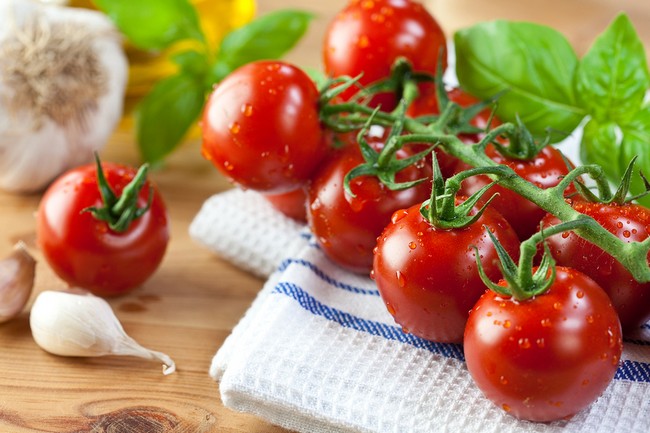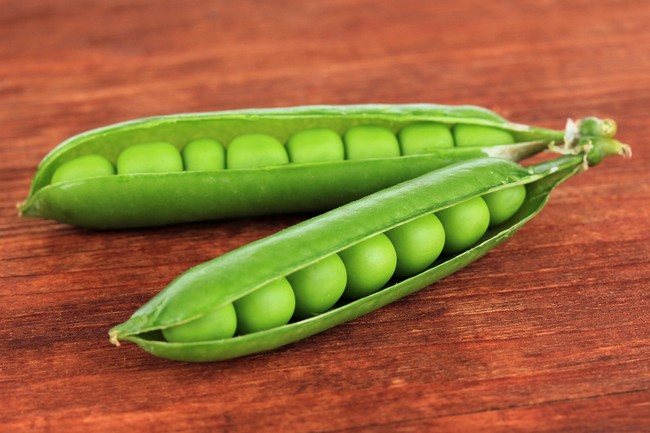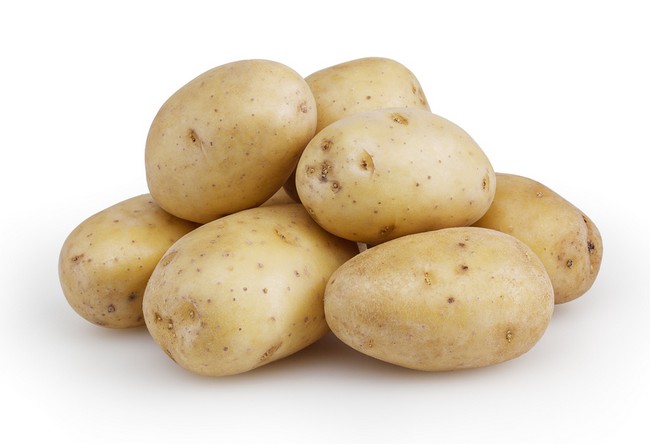- Make It Yourself Lavender Heart-Shaped Bath Bombs!
- 20 Things You Never Knew About “Down There”
- 12 Best Foods For Those Suffering From Arthritis Pain
- 12 Personal Hygiene Mistakes Almost Everyone Makes (Mom Never Told You About #4!)
- 15 Medicinal Plants And Herbs From The Cherokee People
- 12 Mind-Blowing Benefits Of Drinking Coconut Water During Pregnancy
- 12 Outstanding Winter Foods That Won’t Fatten You Up Like A Christmas Turkey
5 Super Easy to Grow Veggies for Your Own Organic Produce

Photo credit: bigstock
Put your gardening gloves on and get ready to get down in the dirt! You are about to embark on a growing adventure! Everyone knows the benefits of organic produce, but everyone is also aware of the costs. You can have the best of both worlds, however. Grow your own veggies! It’s easier than you think.
A tomato seedling costs about 2 dollars but that single plant will produce 10 to 15 pounds of tomatoes in a single season. What is the cost of tomatoes in your area right now? 3 dollars a pound? 4? Point made.
Consider how much space you have as well as how much time you can spend gardening. Even apartment dwellers usually have a small balcony or a sunny porch for a few pots. Vegetables aren’t much work, but they do need lots of sunlight, some good soil, and lots of water. After that, Mother Nature does most of the work herself. But how great would it be to walk out to your yard and pick your own super fresh, organic vegetables for dinner?
Here is a list of the top 5, easiest ever to grow veggies to get your started.
1. Tomatoes
The perennial favorite of all time, it’s even called America’s favorite garden vegetable by many. Tomatoes are easy to grow, but they do need a little bit of attention for best results. Although you can grow from seeds, this takes considerably more time. Most people find it easier to pick up a few seedlings from the nursery.
If you live in the Northern part of the country, be sure your tomatoes get at least 6-8 hours of direct sunlight. If you live in the South, a bit of shade in the afternoons will help keep the plant from wilting.
Be sure to put cages or stakes around your plants when you first plant them. They won’t need it for a few weeks, but very quickly you will find they are tall enough to need support. Tomatoes need lots of water, also. If you find one of those ugly looking green tomato bugs, pick it off by hand, or use a pair of tongs, and put it in a bottle or the trash.

Photo credit: bigstock
2. Bell Peppers
Most bell peppers are a dollar apiece but you can grow them for a fraction of the cost! Like tomatoes, although you can grow them from seed, many people find it’s easier to buy a few seedlings.
Peppers need warmth to grow so it’s best to wait until late spring and plant them in a warm, sunny area. Add fertilizer or compost to the soil about 7-10 days after planting.
Peppers also like water, so be sure to water them deeply enough.
The longer bell peppers stay on the plant the sweeter they will taste. Use a knife or a sharp pair of garden shears to remove the hard stem from the plant.

Photo credit: bigstock
3. Green Beans
Although you might find many different types of beans for sale, look for a package that says Broad Beans, as these are the easiest variety to grow.
Pole beans are easy to grow also but you will need a large trellis as they can grow quite tall. Grow beans from seeds as seedlings generally die when being transplanted.
The good news is beans can take colder weather so as soon as you are sure all chance of frost has passed, you can plant your seeds outside.
To pick fresh green beans all summer long, plant some seeds every two weeks.

Photo credit: bigstock
4. Summer Squash
Squash is a very high yield plant, so just two or three will feed an entire family squash for months! Squash plants don’t like the wind, however, so be careful where you plant them or make a windbreak for them.
Squash is ready to harvest when they are between 8 to 10 inches in length. Try Gold Rush or Sure Thing varieties as these are the easiest to grow.
Read also how squash reduces the risk of Alzheimer’s.

Photo credit: bigstock
5. Potatoes
Potatoes are so easy to grow; your kids can grow some in a 5 gallon bucket! Potatoes like loose, sandy soil with good drainage as well as lots of sun. Don’t grow from the potatoes you buy in the supermarket, most are sprayed with a chemical to keep them from sprouting. Buy a few seed potatoes from your local garden center. Once they start to sprout, plant them about three inches deep, about 12 inches apart.
When the green part of the plant is about 6 inches tall, pile dirt on top of it until just an inch or so is showing. Don’t worry, the plant won’t die. Keep doing this until your plant reaches and grows over the top of your trench or bucket. This way the sun cannot reach the potatoes that are growing under the dirt.
After the plants flower and the blossoms die, you can start your harvest.
Pull out the plant, and then you can start digging around with your hands for your garden prizes, or just dump the bucket and be amazed that you grew all those potatoes yourself in just a few months!
Sources:
































